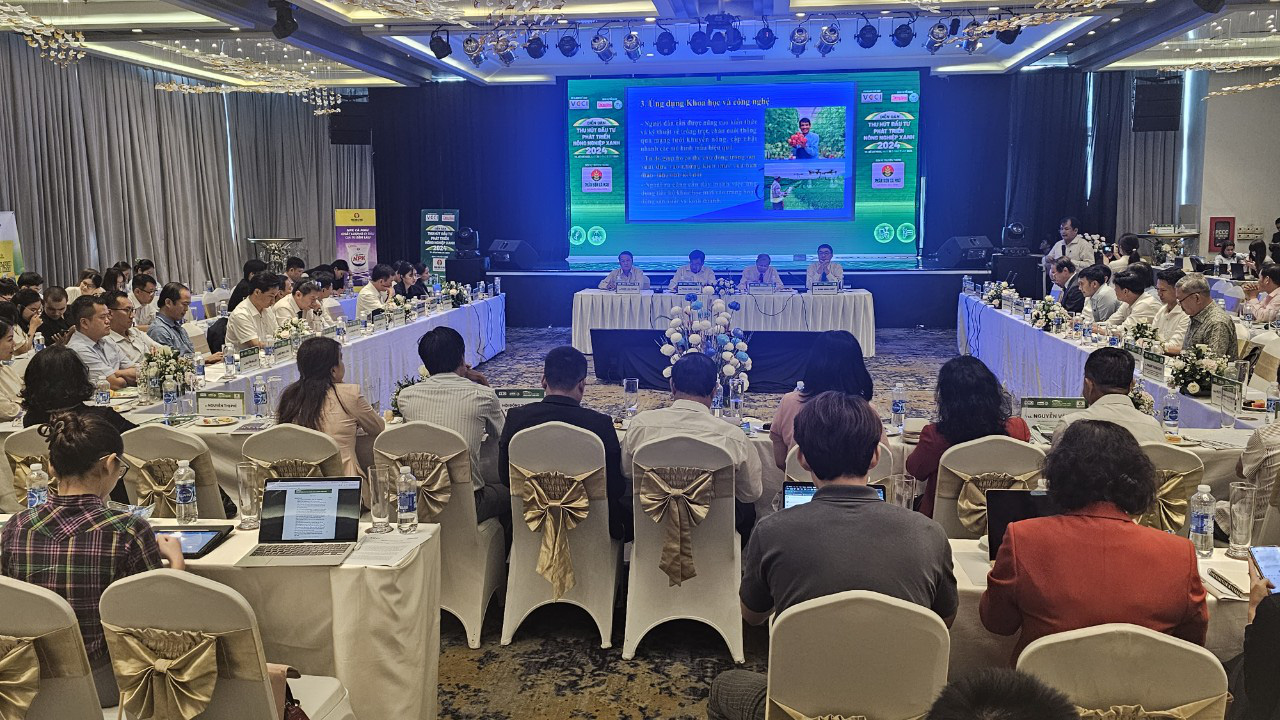
The conference on trade promotion and import-export development in the Southeast region attracted the attention and participation of many units - Photo: N.TRI
Ms. Phan Thi Thang - Deputy Minister of Industry and Trade - informed the above information at the Conference on Trade Promotion and Import-Export Development in the Southeast region, taking place on July 31.
The conference was chaired by the Ministry of Industry and Trade, attracting more than 300 delegates from 6 provinces and cities in the Southeast region (Ho Chi Minh City, Binh Duong, Binh Phuoc, Ba Ria - Vung Tau, Dong Nai and Tay Ninh), representatives of ministries, sectors and enterprises.
Logistics is the backbone
According to Ms. Thang, to create a new transformation, the Southeast region needs a series of solutions to promote science and technology; link production chains to increase product value; link regions in trade promotion and import-export activities; especially invest in developing logistics and warehouse systems.
"This conference will review what has been achieved or not achieved, from which to discuss and implement support solutions, connect more closely and effectively within and outside the region. In which, priority will be given to developing logistics services associated with strengthening regional connectivity, building strong logistics enterprises to serve import and export activities," Ms. Thang shared.
Sharing the same view, Mr. Nguyen Nguyen Phuong, Deputy Director of the Department of Industry and Trade of Ho Chi Minh City, said that strong transport infrastructure is a major bottleneck affecting regional connectivity and promoting exports.
According to Mr. Phuong, Ho Chi Minh City has planned to promote this issue, including building 8 logistics centers with a total area of over 750 hectares. Although this plan is facing difficulties, the city is determined to resolve them. In addition, to "share the burden" with the overloaded exhibition center in District 7, the city is calculating to soon build more large-scale exhibition centers in Thu Duc City, District 12...
From the business perspective, speaking at the conference, Ms. Ly Kim Chi, President of the Ho Chi Minh City Food and Foodstuff Association, said that infrastructure and logistics are still limited, which greatly affects the ability to store and transport food. However, the Government has not yet made large investments or policies to develop this sector for the Southeast.
"Large warehouses and cold storages are essential for production in general and the food industry in particular, but due to the huge investment capital, businesses alone cannot afford it. Therefore, the industry and trade sector needs to work together and consider this a strategic issue in regional development. Logistics is the backbone of the entire region," said Ms. Chi.
There are strengths but also many bottlenecks.
Deputy Minister Phan Thi Thang assessed that the Southeast region is adjacent to other regions so it has great potential.
Specifically, there are seafood, oil and gas resources, connecting with important international sea routes (Ba Ria - Vung Tau, Ho Chi Minh City...); the Northwest borders Cambodia, with Moc Bai and Xa Mat border gates (Tay Ninh), facilitating exchange and cooperation with Cambodia, Thailand, Laos, Myanmar along the trans-Asian road route...
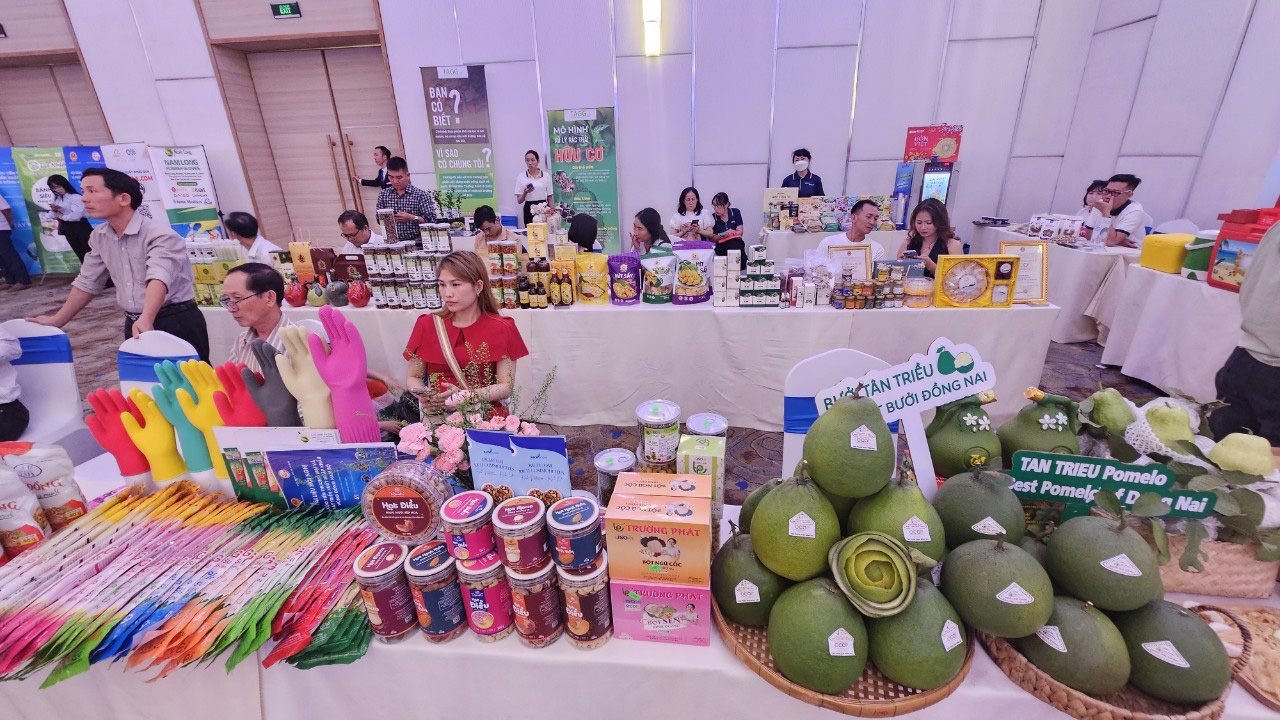
Many agricultural and handicraft products were displayed at the conference - Photo: N.TRI
However, according to many units, the Southeast region needs to issue more suitable mechanisms to expand investment in provinces and cities, the most important of which are capital and promotion, linking industrial parks and export processing zones.
Specifically, Ho Chi Minh City is stimulating demand by providing capital support, but if businesses leave the city, they will not receive this capital support.
"The raw material area is in the Southeast, so if you want to do good business, you have to invest here. But outside the city, you don't get preferential loans, while investing in warehouses and cold storage is very slow. Without support, it will be very difficult for businesses," said Ms. Ly Kim Chi.
Meanwhile, Ms. Phan Thi Khanh Duyen, Deputy Director of Binh Duong Department of Industry and Trade, said that despite strong development, most products in the Southeast region are raw products without a brand. Specifically, the Southeast region accounts for about 65% of the country's footwear and garment production, but is mainly processed. Similarly, wooden products also account for a large amount, but are also mainly processed.
A representative of the Dong Nai Department of Industry and Trade said that the region has a large number of industrial and export processing zones, of which Dong Nai plans to put 48 industrial zones into operation by 2030. However, the linkage of industrial zones in the region is currently almost non-existent and ineffective.
"Provinces and cities need to strengthen horizontal linkages to take advantage of human resources, capital, investors... In addition, the Ministry of Industry and Trade needs to have guidelines for linkage models for industrial sectors and industrial parks within a province or region."
In addition, according to experts, pursuing a sustainable "green" export strategy, paying attention to the "greenness" of the supply chain and the "greenness" in international trade... are also things that many businesses in the Southeast region are facing difficulties with and need support.
According to statistics from the General Department of Customs, the import-export turnover of the Southeast region in 2023 reached 220.5 billion USD, and in the first 6 months of 2024 it reached 115.7 billion USD, accounting for 31% of the country's import-export turnover.
Source: https://tuoitre.vn/tp-hcm-dang-tinh-toan-xay-dung-them-nhung-trung-tam-trien-lam-tam-co-20240731163010651.htm




![[Photo] Prime Minister Pham Minh Chinh meets with US business representatives](https://vphoto.vietnam.vn/thumb/1200x675/vietnam/resource/IMAGE/2025/5/13/5bf2bff8977041adab2baf9944e547b5)
![[Photo] President Luong Cuong attends the inauguration of the international container port in Hai Phong](https://vphoto.vietnam.vn/thumb/1200x675/vietnam/resource/IMAGE/2025/5/13/9544c01a03e241fdadb6f9708e1c0b65)

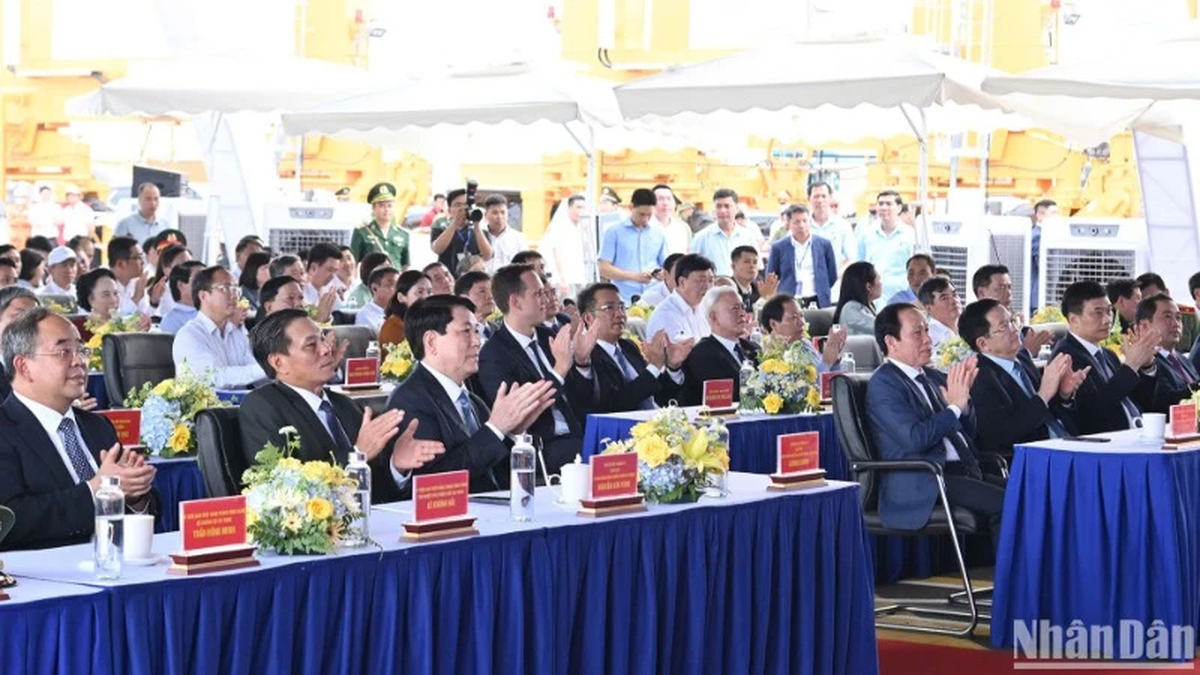
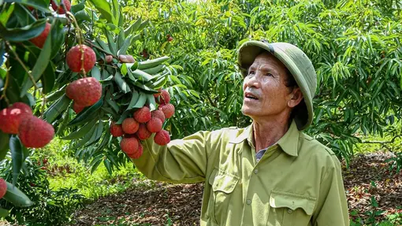
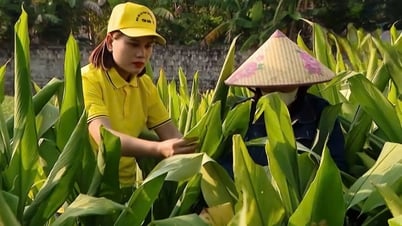

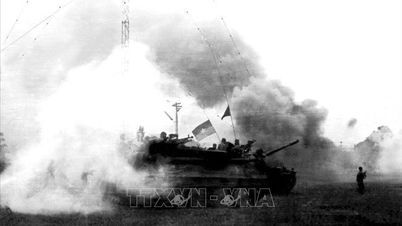





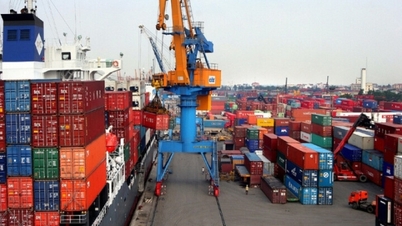
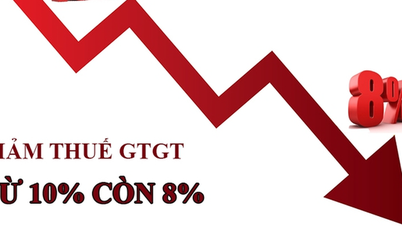

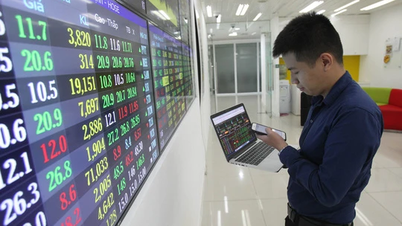
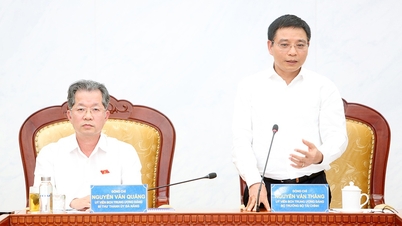
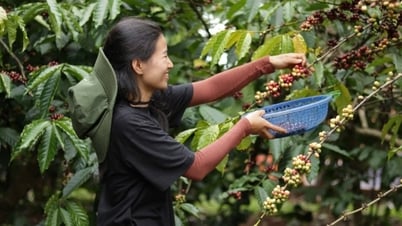
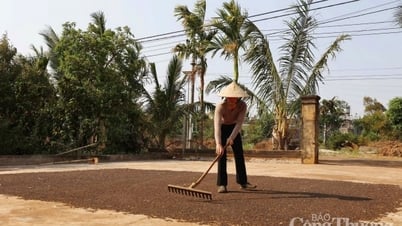











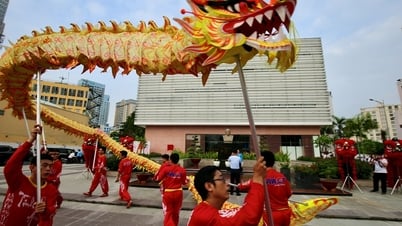

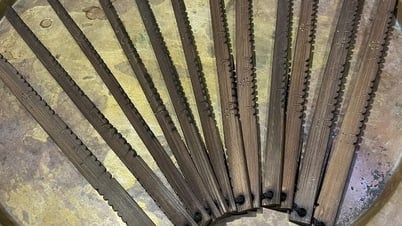



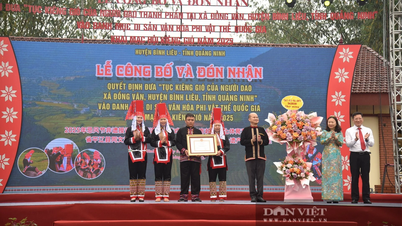

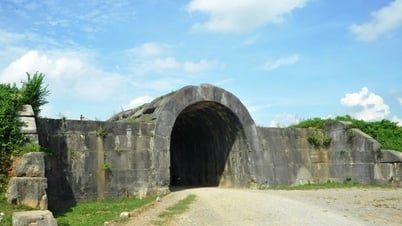
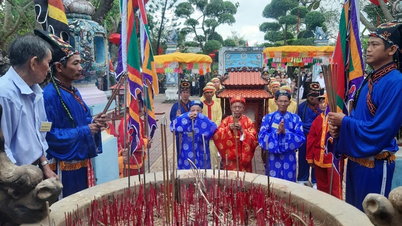

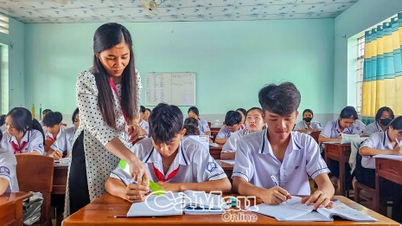

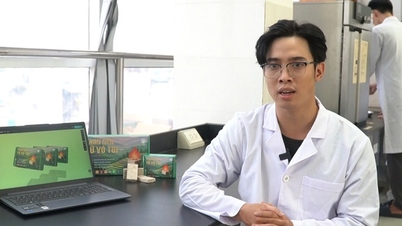

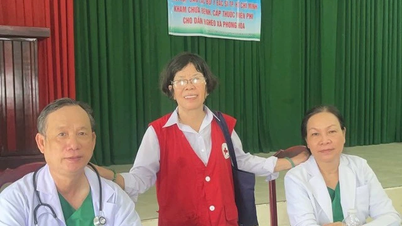



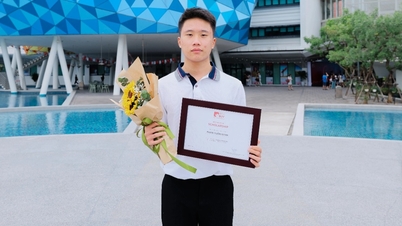





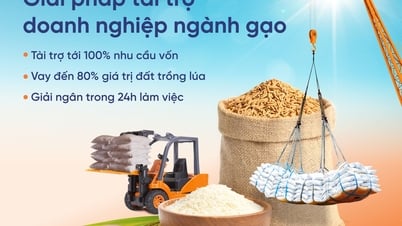
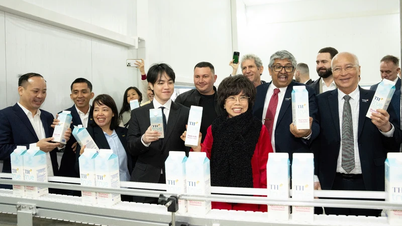



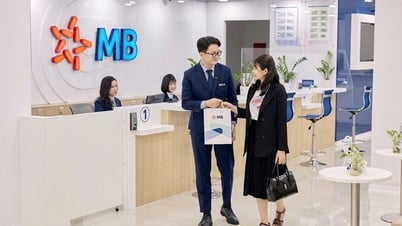

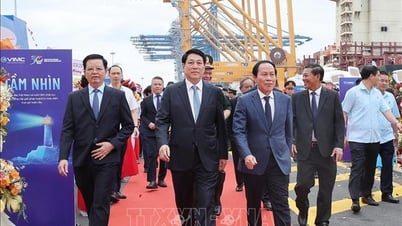

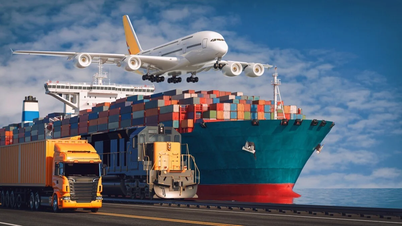
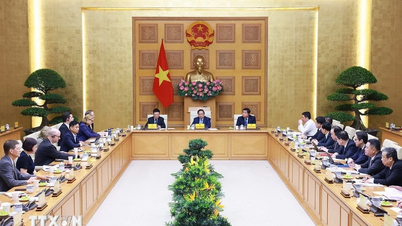




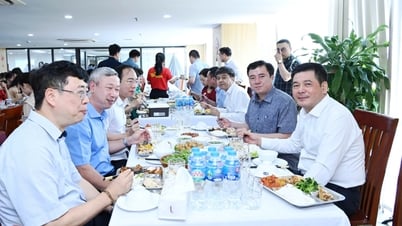





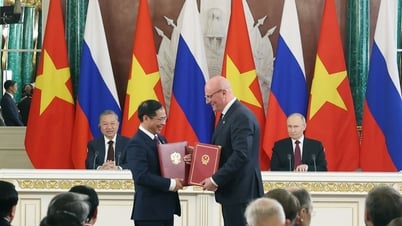


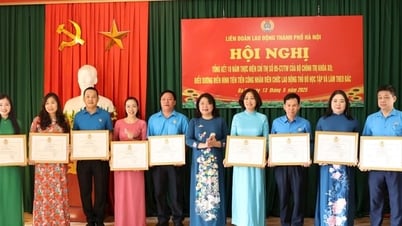

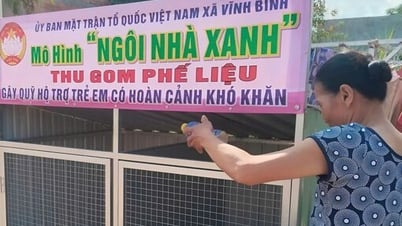

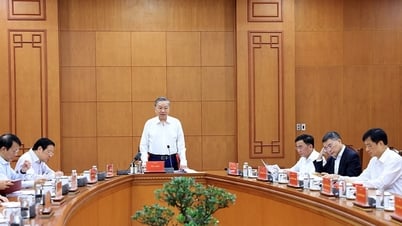

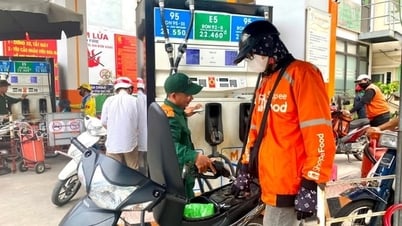




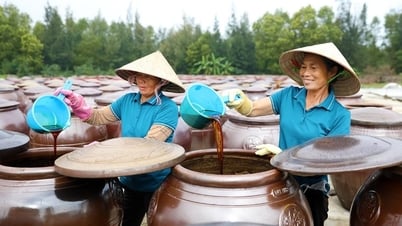
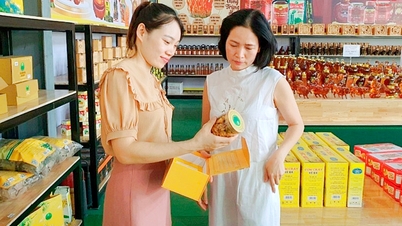

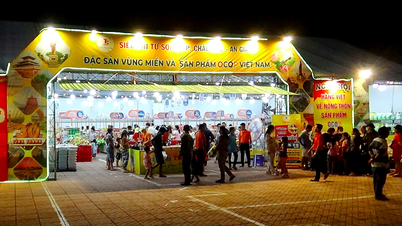

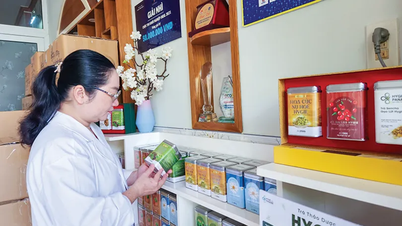

Comment (0)